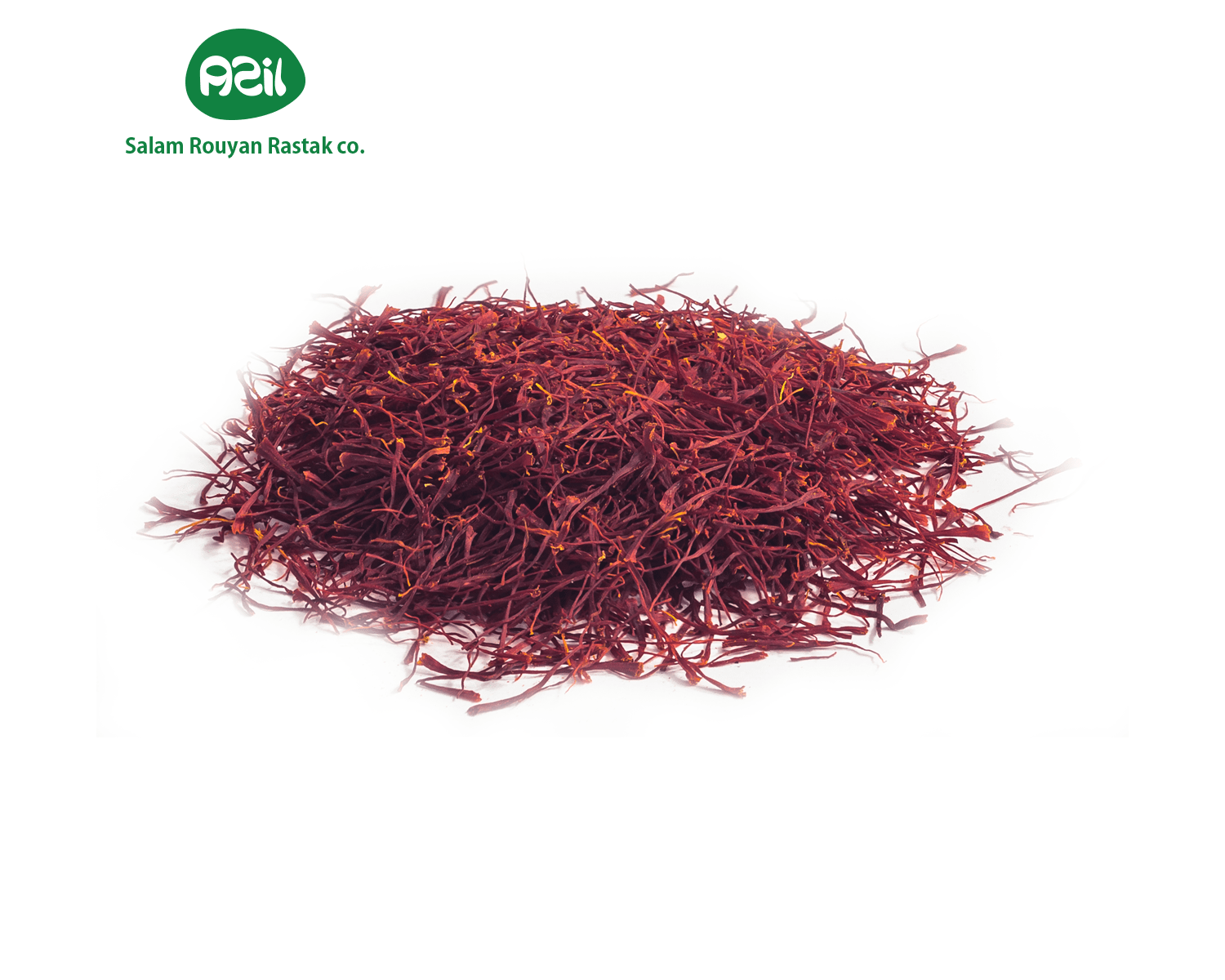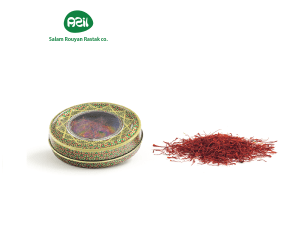Persian Saffron: A Healing Spice of History
Golden threads of saffron weave a tale of healing and history in Iran. Known as “zaferan,” this spice has flavored remedies and traditions for centuries. For example, the sunny fields of Khorasan birth its vivid hue. This article explores why this treasure is prized, how it’s used in medicine, and its ancient roots. Plus, we’ll look at its cultural value, harvesting, and modern appeal. As exporters of saffron, nuts, and more, we cherish its legacy too. So, discover why Persian saffron is a gem, how it aids wellness, and why it’s revered worldwide. Join us to uncover this gift and see what makes it a timeless wonder!
Introduction
Golden threads light up Iran’s past with their glow. This precious spice, called “zaferan” in Persian, does more than flavor food—it heals and inspires. It grows in Iran’s fields and carries centuries of stories. We export saffron, nuts, and dates, but this isn’t about trade—it’s about this spice’s deeper role. This article dives into its medicinal uses, history, and traditions. Let’s explore Persian saffron!
The Ancient Roots of Saffron in Iran
Saffron has bloomed in Iran for over 3,000 years. It started in places like Khorasan, where dry sun and cool nights coax its magic. Long ago, Persian kings used it in potions and dyes. Today, Iran grows over 90% of the world’s supply—tons each year. For example, farmers still pick it by hand, just like in old tales. So, Persian saffron ties Iran to its ancient days.
Why This Spice Is Prized
This spice stands out for big reasons. First, Iran’s climate makes its color and scent strong. Next, its threads—red and gold—burst with flavor and power. Also, it takes 150 flowers for just one gram, making it rare. Compared to other varieties, Persian saffron has a richer kick. As a result, it’s a gem in Iran and beyond.
How Saffron Is Harvested
Growing saffron is slow and careful. Here’s how it happens:
- Planting: Crocus bulbs go in sandy soil in summer.
- Blooming: Purple flowers pop up in fall.
- Picking: Before dawn, hands pluck the blooms.
- Separating: Red stigmas are pulled out gently.
- Drying: Finally, they dry in shade to lock in strength.
So, this tender work keeps the spice pure and potent.
Saffron in Persian Medicine
This golden spice heals in old Persian ways. For example, it’s brewed as tea to calm nerves and lift moods. Healers mix it with honey for colds or sleep. Also, it’s said to ease pain and boost hearts, backed by some studies. Another use? Rubbing it on skin for glow. Because of this, Persian saffron is a wellness star in Iran.
Health Benefits of Saffron
Saffron does wonders for health. For instance, its antioxidants fight stress and age. It’s got crocin to sharpen minds and eyes. Plus, it might lower sad feelings—science agrees a bit. Another perk? It warms digestion when steeped. So, this spice blends old cures with new hope.
Saffron in Persian Culture
This treasure isn’t just medicine—it’s culture. For example, it’s sprinkled in wedding rice for luck. Families use it in Nowruz sweets to welcome spring. Also, poets call it “red gold” in old verses. Another tradition? Offering it to guests for honor. Because of this, Persian saffron is woven into Iran’s soul.
Saffron and Iran’s Legacy
Golden threads shape Iran’s story too. They colored Persepolis walls and royal robes long ago. Places like Neyshabur still guard its secrets. Since it’s costly, it’s a pride point over plain crops. We export this spice and nuts, but its past shines brighter. So, Persian saffron carries a big legacy.
Global Love for Saffron
People outside Iran adore saffron more each day. Why? First, it heals and tastes unique. Next, cooks splash it in rice or desserts. Also, doctors test it for pills or teas. For instance, it’s in Spanish paella too. Iran keeps sharing this gift with the world. So, Persian saffron’s glow spreads wide.
Challenges with Saffron
Growing saffron can be hard. For example, dry spells shrink blooms in Khorasan. Then, fake threads trick buyers with dye. Plus, picking it takes tons of hands—labor’s tight. However, Iran fights to keep this spice real and strong.
Opportunities to Share Saffron
There’s room to grow with saffron. For instance, pure threads could lead wellness trends. Also, making saffron teas or oils is a smart move. Another way? Sell it online to reach more homes. We’re all in on its magic. So, Persian saffron has a bright future.
How to Pick the Best Saffron
Want top threads? Here’s what to check:
- Feel: They should be dry, not damp.
- Look: Deep red with gold tips is best.
- Taste: Bitter-sweet means it’s real.
- Source: Get it from us—we promise quality!
This way, you enjoy true saffron every time.
Saffron Around the World
This spice flavors life beyond Iran. In Iran, it’s in polo and teas. In Europe, it’s in cakes or soups. In Asia, folks brew it for calm. For example, you can dust it on ice cream too. Because of this, Persian saffron ties the globe with taste.
The Future of Saffron
The future glows for saffron. New tools can water fields better. Also, people love natural cures like these threads. We’re set to share awesome saffron, nuts, and more. So, this spice will stay a healing star for years.
Conclusion
Golden threads blend old healing with timeless tales. People in Iran and beyond prize their power, taste, and roots. If you’re a cook or seeker, Persian saffron calls you. We send Iran’s best with care. Want some? Contact us to try these golden strands. Let’s share this ancient gift together!


